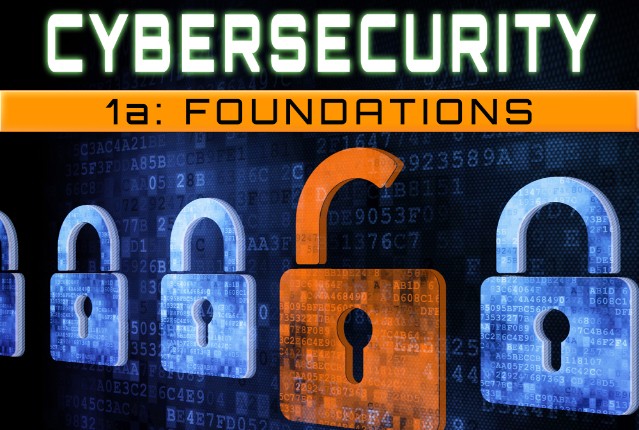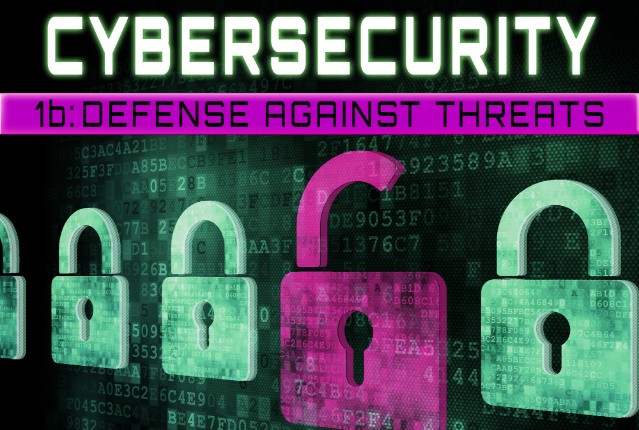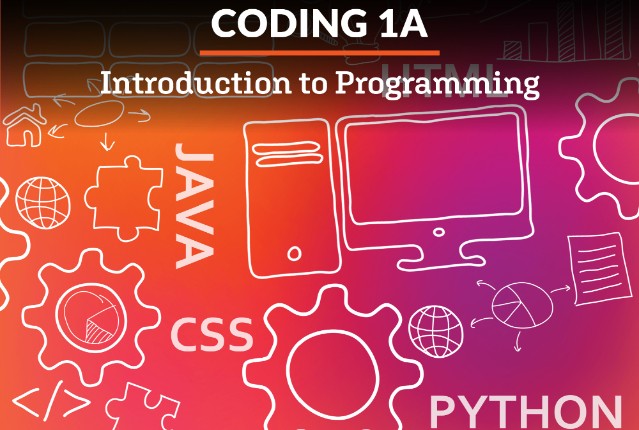Although it can be tempting to place our most precious assets under lock and key, such a heavy-handed security approach is just not practical. Digitally speaking, your information must have the freedom to move around the internet—connecting, sharing, transmitting, and making the technological world turn. So, the question then becomes, “How do you keep data safe while still allowing it to roam freely?” The answer is two-fold, as it demands a thorough understanding of both the physical and virtual realms of cybersecurity. Now that you understand the paths data takes while traveling through networks and the hardware involved with keeping it safe, it’s time to dig into encryption, application security, and other effective ways to “harden” and safeguard your valuable data. If walking along a well-protected road makes you feel more confident, you will likely appreciate how cybersecurity’s layered approach is akin to camouflaging yourself or traveling in a bulletproof car. In the event of a real threat, even the smallest additional protections could be helpful. In reality, hackers are likely never going to disappear entirely, which means our approach to safety in our journey through cyberspace must be balanced, well-rounded, and as thorough as possible.
What will you learn in this unit?
- Recognize what it means to protect data in motion
- Identify effective methods of data protection, both physical and virtual
- Understand the history of encryption and how it is used in a digital setting
- Evaluate environmental controls and other components of physical security
- Describe the different processes involved with secure data use and disposal
- Explain the techniques of system hardening and how they protect computer systems





